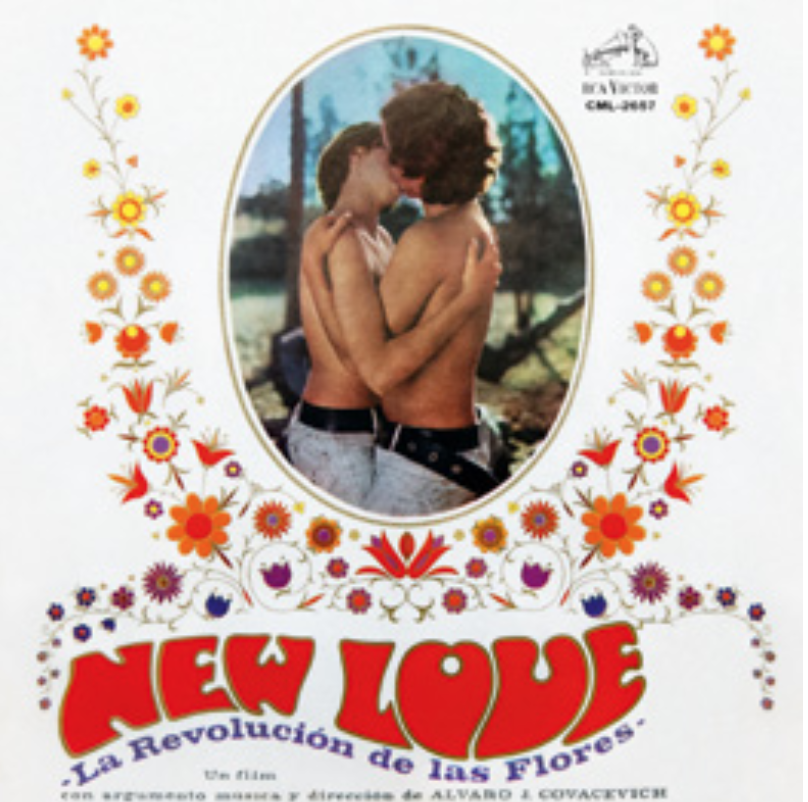An approach to pop and psychedelic design, and its iconography on the album covers of the youth counterculture in Chile: 1967-1970
Main Article Content
Abstract
The 1960s was considered a relevant period in art history, thanks to the plurality of styles that emerged and coexisted: pop art, op art, kinetic art, psychedelic poster, conceptual art and others. It was a time of intense artistic activity in the field of experimentation. In addition, it was a time for reflecting on the important social and cultural changes that were taking place in the western world. Of all these currents, it was possibly pop art and psychedelia that had the greatest impact on the beginnings of the design profession in Chile, from the mid-1960s. These trends would have a notable participation in the replacement of a new language and visuality, under the umbrella of the influences of renewal coming from abroad, expressed in the youth expressions of the counterculture. In its beginnings, this change would be noticed from the field of aesthetics, giving way to a new iconography present on the covers of the 33 1/3 RPM vinyl records, called long-plays.
Article Details
References
Barnicoat, J. (1972). Los carteles su historia y su lenguaje. Barcelona, España, 7ª edición, 2007.
Fortea, A. (2015). El pop a la manera del disenny gràfic català. Tesis doctoral, Universidad de Barcelona, España.
Goffman, K. (2015). La contracultura a través de los tiempos. Barcelona, España: Editorial Anagrama, p. 352.
Larrea, A. (2008). 33 1/3 RPM, 1968 (Historia gráfica de 99 carátulas de disco) 1973. Santiago, Chile, Nunatak ediciones.
Marchán, S. (1997). Del arte objetual al arte de concepto. Madrid, España: Ediciones Akal.
Vico, M. y Osses, M. (2009). Un grito en la pared, Psicodelia, Compromiso Político y Exilio en el Cartel Chileno. Santiago, Chile: Ocholibro ediciones.
Vico, M. (2015). El cartel político, social y cultural de la izquierda chilena en el gobierno de la unidad popular: 1970-1973. Tesis doctoral, Universidad de Barcelona, España.
Rincón Juvenil Nº 84, 27 de julio, 1966.


